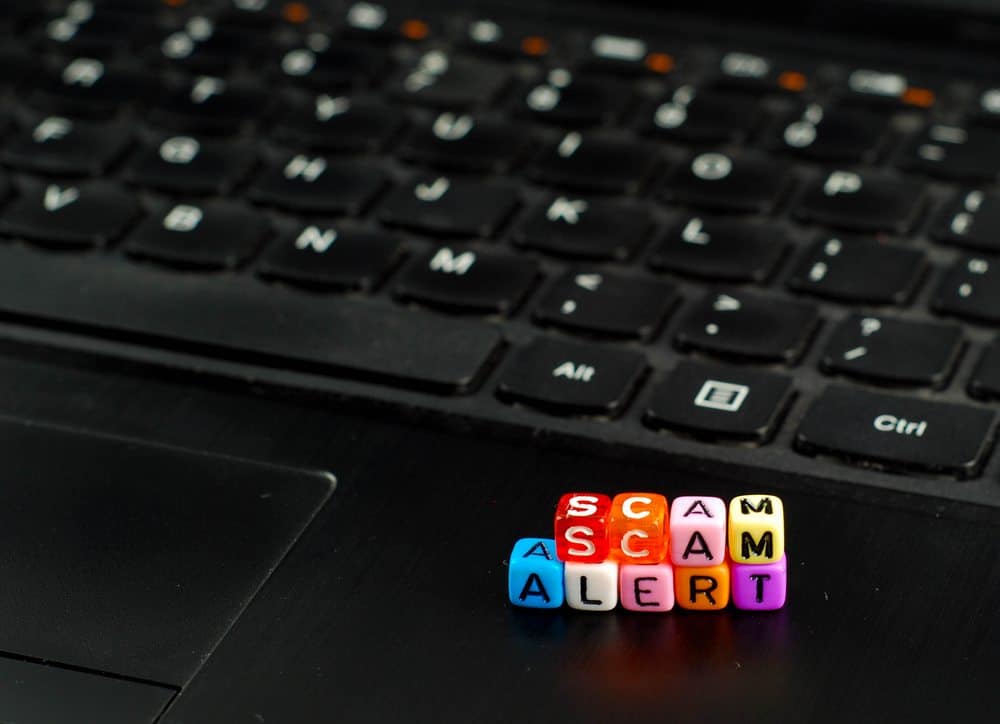When asked to think of a relaxing, enjoyable activity, many business professionals speak of fishing. Whether their stories are of sitting on a dock with friends or going on a deep-sea fishing excursion, the stress of the workday seems to dissipate at the very mention of the activity.
Email phishing, however, although pronounced the same, is a very different type of activity that can send you and your entire business into a state of panic.
At its core, email phishing can be defined as fraudulent people sending out emails disguised as a well-known, respected business in an attempt to steal information. Many times, these emails trick their recipients into giving out personal data or sensitive financial information. No one purposely responds to scammers, so it is important for you to understand how to spot these malicious messages.
What to look for:
MISSPELLINGS
If an email from any reputable company has even one or two misspellings in it, consider it a warning sign. Company emails go through an extensive review process so that they will not contain any errors.
PERSONAL INFO REQUESTS
No legitimate business will ask you to submit personal information through an email, text message, or pop-up form. Also, some hackers will ask you to “confirm” your details, giving incorrect details so that you will fix them.
CLOSE TO THE REAL THING
This is where an eye for detail comes in handy. For instance, if the hackers are disguising themselves as Bank of America, the email may be signed, “Bank for America” or “Bank of American.” Sometimes the slight differentiation can even be in a fake website, such as www.bankforamerica.com/accountdetails. At first glance, this could deceive the email user.
Already notice that your company is being hit with these emails? Contact us today!
URGENCY
Have you ever noticed an email that is full of banners and buttons in capitalized, bold, italic text screaming at you to act immediately? Don’t let their sense of urgency give you a panic attack. Professional businesses do not treat their customers like that.
BAD GRAPHICS
This is probably the easiest to spot. Email phishers are not graphic designers (most of the time). If you notice graphics that look like your kindergartener could’ve done them with the right tools, it’s time to move on.
THREATS
Similar to the “Urgent” notices, some scammers will tell you a serious consequence will occur if you do not act on the email. Again, real companies know a basic code of ethics and would not threaten you.
How to respond:
Curiosity is a natural human reaction, but don’t let it get the best of you. The most basic advice for how to respond to these fraudulent emails is to ignore them. However, if it is an email from what seems to be your bank or other important institution, you may be concerned. In this case, call the number on the back of your credit card or go to the official website to check on anything for which you are uncertain. Never use links or websites given in the body of the email.
If you are a business-owner, you need to be concerned about yourself, as well as your employees. You are not the only one who is targeted to get your company’s information. It is important to have your employees trained in identifying these emails.
OSG can help you do this through its incomparable Security Awareness Training and Simulated Phishing platform. This program will educate your employees and also test their skills to ensure your company’s safety.
Want more information? See what services are provided in your area.

